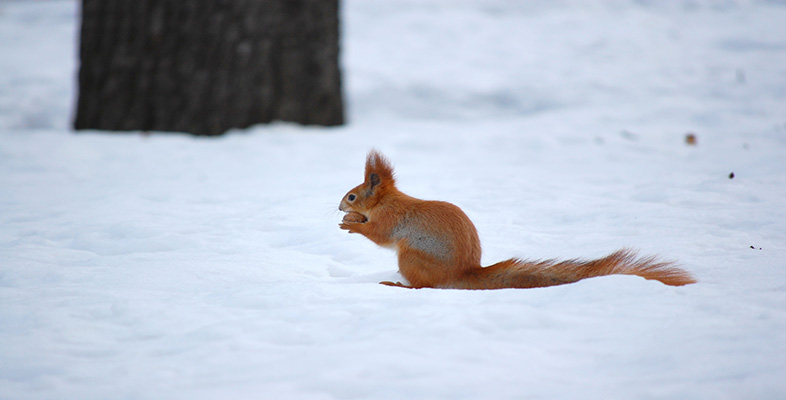1.3.3 Summary of Section 1.3
Coniferous trees are an example of plants that remain active during winter, with adaptations such as reduced water loss.
Endothermy allows some birds and mammals to remain active during cold winters, but places physiological and energetic demands on the organism, e.g. the need to maintain a high metabolic rate and/or reduce heat loss.
Bird plumage and mammal hair are highly effective insulators, reducing heat loss in winter. Heat loss is also controlled by heat exchange mechanisms and reduction in blood flow near the body surface.
The energy needed to sustain a high metabolic rate may be stored through either physiological and biochemical processes (adipose tissue) or changes in behaviour (hoarding or caching of food).
Some animals change their social behaviour during winter, becoming more gregarious.
